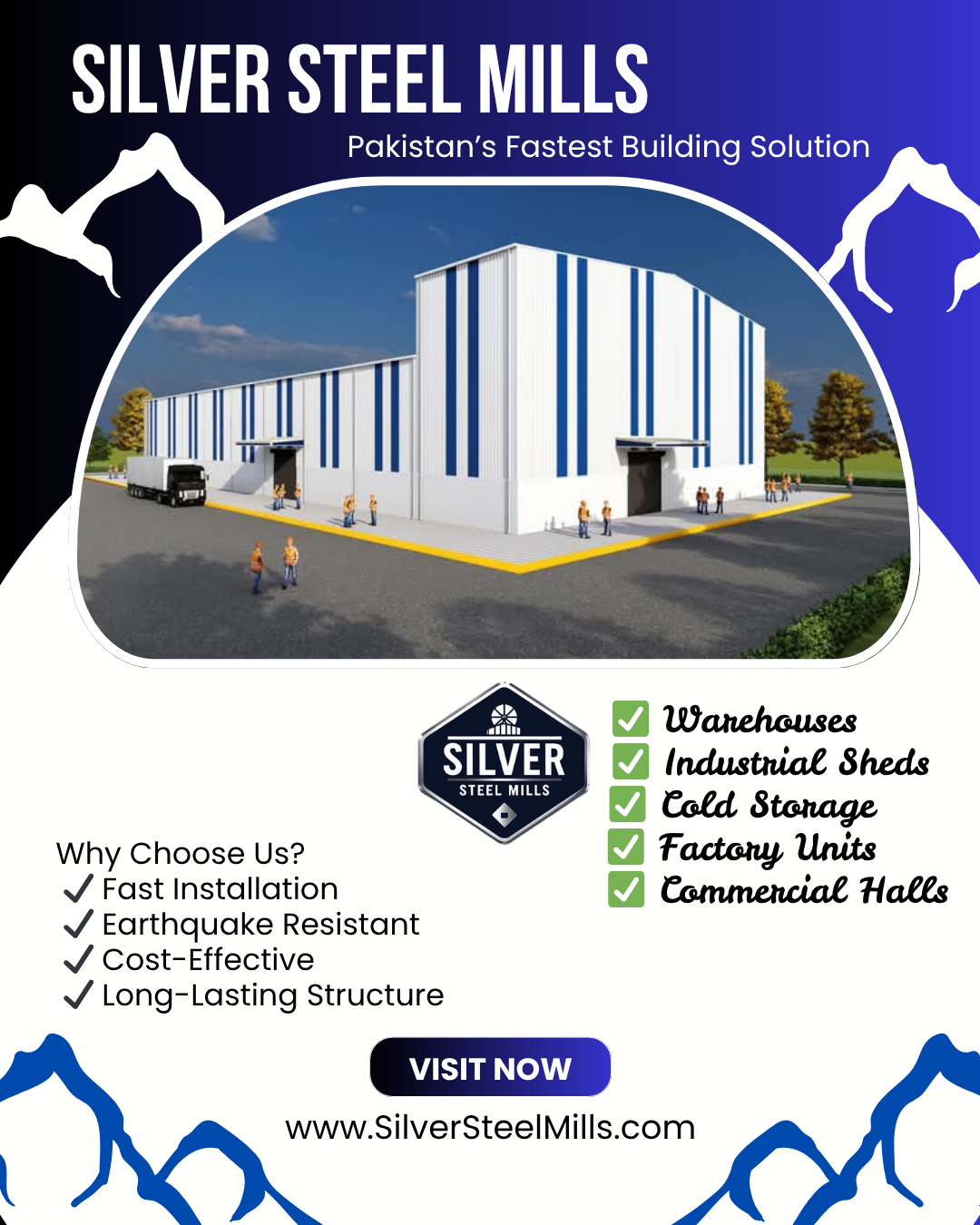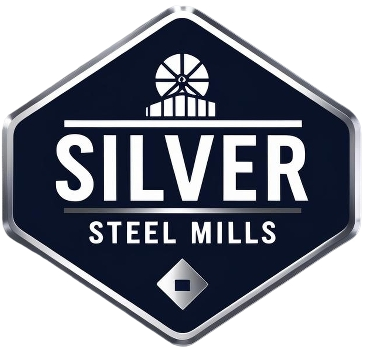
Steel Building Construction Process in Pakistan: A Comprehensive Guide
The steel building construction process in Pakistan has become a vital part of the booming construction industry. With increasing demand for durable, cost-effective, and versatile buildings, steel structures offer the perfect solution for residential, industrial, and commercial projects. This comprehensive guide explores the entire steel building construction process in Pakistan, from initial planning to completion, and highlights how Silver Steel Mills leads the way in providing high-quality steel buildings.
Why Steel Buildings Are Popular in Pakistan
Steel buildings are the go-to choice for many construction projects in Pakistan. They offer numerous advantages over traditional brick-and-mortar structures:
- Durability: Steel is incredibly strong and resistant to natural disasters, making it an ideal choice for regions prone to earthquakes or extreme weather conditions.
- Cost-Effectiveness: While the initial cost of steel buildings can be slightly higher than traditional buildings, their long-term cost savings through low maintenance and durability make them a more affordable option.
- Faster Construction: Steel buildings are quicker to assemble compared to conventional buildings, which reduces construction time and labor costs.
- Sustainability: Steel is recyclable, which makes it an environmentally friendly building material.
Steel Building Construction Process in Pakistan
1. Initial Planning and Site Selection
The first step in the steel building construction process is to choose a suitable site for the building. The site must be assessed for factors such as:
- Soil Conditions: The soil’s bearing capacity and suitability for the foundation need to be evaluated.
- Location: Accessibility for materials, labor, and equipment.
- Zoning and Permits: Ensure that the area is zoned for construction and that all necessary permits are obtained.
Once the site is selected, detailed planning begins. This phase includes gathering architectural designs, structural requirements, and mechanical/electrical plans.
2. Design and Engineering
The next step is to finalize the design of the building. At Silver Steel Mills, the design process involves collaboration with architects, engineers, and clients to ensure the building meets functional and aesthetic needs.
- Customizable Designs: Depending on the client’s needs, designs can be custom-tailored to include specific features such as windows, doors, and insulation.
- Structural Integrity: The engineering team ensures that the design is structurally sound, factoring in load-bearing capacities, wind resistance, and seismic considerations.
3. Fabrication of Steel Components
Once the design is approved, the next step is the fabrication of steel components. This involves:
- Cutting and Shaping Steel: Steel is cut into required sections, including beams, columns, and trusses.
- Welding and Assembly: The fabricated components are welded together to form sections that will be assembled on-site.
- Quality Control: Rigorous quality control checks are performed to ensure all components meet the required standards.
At Silver Steel Mills, the entire fabrication process takes place in their state-of-the-art facilities, ensuring precision and high-quality results.
4. Foundation Work
The foundation is critical to the success of any steel building project. It must be designed to support the weight of the steel structure and any additional loads from machinery, equipment, or occupants. The foundation process typically involves:
- Excavation: The ground is cleared and prepared for the foundation.
- Concrete Pouring: A reinforced concrete foundation is poured, often including footings and slab-on-grade foundations.
- Curing: The concrete is allowed to cure and settle before construction begins.
5. Erection of Steel Frame
Once the foundation is ready, the steel frame is assembled on-site. This step involves:
- Column and Beam Installation: The steel columns are placed into position, and beams are attached to form the skeletal structure.
- Bracing: Horizontal and vertical braces are added to ensure the frame is stable and secure.
The speed of this step is one of the key advantages of steel construction, as the frame can be erected much faster than traditional masonry.
6. Roofing and Cladding
The next step is to add the roofing system and cladding to the steel frame. This includes:
- Roofing Panels: Steel roofing panels are installed, providing a durable and weather-resistant cover.
- Cladding: Steel panels or other materials are used to enclose the building, providing insulation and a finished look.
7. Installation of Utilities
Once the main structure is complete, utilities such as plumbing, electrical wiring, and HVAC systems are installed. This phase also includes adding insulation, windows, and doors to ensure comfort and energy efficiency.
8. Final Inspection and Quality Checks
Before the steel building is ready for use, a final inspection is conducted to ensure that everything meets the required standards. The construction team checks for:
- Structural Integrity: Ensuring that the building frame is sound and all connections are secure.
- Compliance with Codes: Verifying that the building adheres to local building codes and regulations.
- Finishing Touches: Final touches such as painting, cleaning, and installation of additional features are completed.
Why Choose Silver Steel Mills for Steel Buildings in Pakistan?
- High-Quality Steel: Silver Steel Mills uses premium-grade steel for all its building projects, ensuring durability and strength.
- Expert Engineering: The company’s team of engineers ensures that every building is designed and constructed to meet the highest standards.
- Customization: Silver Steel Mills offers fully customizable designs to meet the specific needs of their clients.
- Timely Completion: Silver Steel Mills is known for completing projects on time, thanks to their streamlined processes and skilled workforce.
Conclusion
The steel building construction process in Pakistan involves several key stages, from planning and design to fabrication and final inspection. By choosing Silver Steel Mills, you ensure that your steel building project will be completed efficiently, on budget, and to the highest standards. Whether you’re looking for an industrial shed, commercial space, or residential building, Silver Steel Mills offers the expertise and experience needed to bring your vision to life.
Call to Action
Ready to start your steel building project? Contact Silver Steel Mills today for a free consultation and quote. Visit www.silversteelmills.com to get started!
